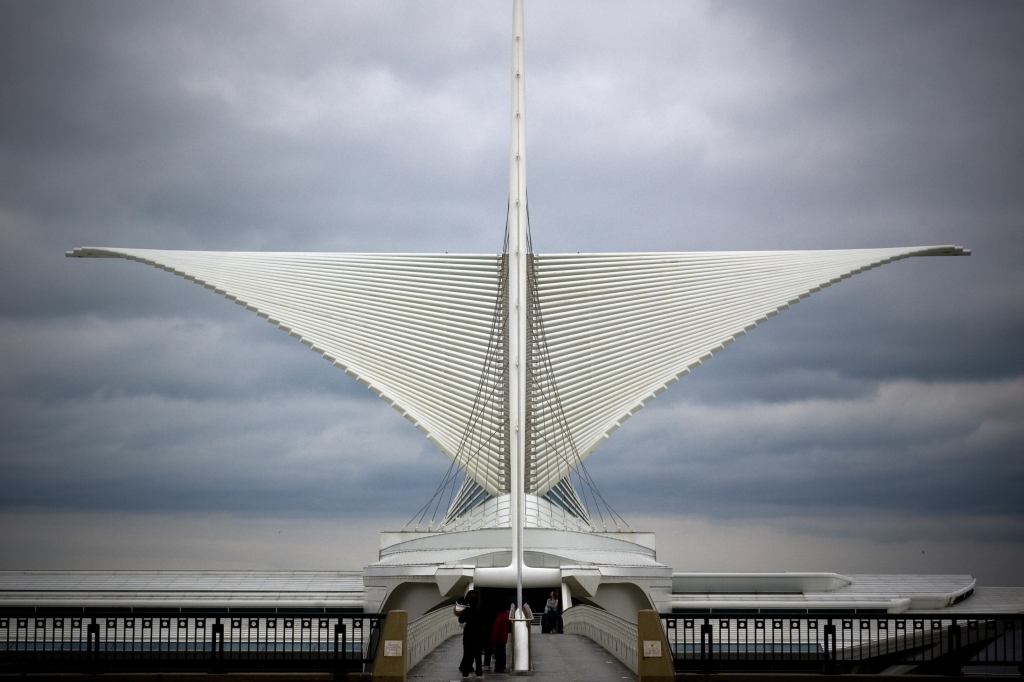Museums are expensive buildings, but not as expensive as I thought: On average, they’re about $450 per square foot. The United States is the second most expensive place in the world, after Norway, to build a museum. In the last decade, Renzo Piano, Hon. FAIA, has designed more built museums than any other major architect (and his are also the most expensive per square foot), with Tadao Ando, Hon. FAIA, running second. Most new museums are indeed new, rather than additions or renovations. The peak of new museum construction occurred right before the 2008 recession. Most museums are boxes.
These are the results of a survey—conducted by the Fondazione di Venezia as part of the process of building its own new building, in the port area of Mestre, to a design by Sauerbruch & Hutton (it will open in 2016)—of more than 600 new museums built in the last two decades. These results are available in a book the Fondazione di Venezia published, Museums on the Map 1995-2012 (full disclosure: I have an essay in the volume). They confirm that museums must be important because of the amount of money we spend on them, but also because they just about all look, smell, and act like monuments, rising out of their context and dominating their surroundings with something that is other and alien to the daily life around them.
We are building museums, in other words, at almost the same scale and with the same purpose as the cathedrals that sprang up in a fifty year period in Northern France and England, or the churches newly rich American cities built in the last quarter of the 19th century: we use them to assert and solidify our wealth and achievement, to mark our landscapes, and to anchor our communities.
Look through the data, and you can see that certain architects have been quite successful in establishing a variant of the white-walled, cellular interior housed in a box festooned with apertures either in the roof or to denote entrance. What covers and marks those openings takes the place of ornament. This has become the standard museum mode, and Piano, Ando, Herzog & de Meuron [both Hon. FAIA], and David Chipperfield, Hon. FAIA, are the internationally most successful purveyors of such big box culture sheds. The so-called Bilbao effect is limited, at least in terms of the work it has gotten Frank Gehry, FAIA, in the field (three new ones, four additions), but also in its visual impact. Very few of the new museums are expressive or even attempt to break out of the box.
The economic model of the Bilbao effect also does not seem to have been copied all too frequently: The Guggenheim has failed to replicate its own branch idea elsewhere, and only the Louvre and the Pompidou (one each) and the Tate (two) have managed to franchise themselves. In the United States, only the 2001 Santiago Calatrava, FAIA, wing of the Milwaukee Art Museum seems to have had the attractor effect for a post-industrial city. In looking at the list, I surmise that many of the new museums in Europe are the result of EU subsidies; in China they are part of intra-city competition; and in the United States they mirror the cult of capitalist master builders. Some more research into the funding models would be welcome.
The book itself reads a bit like a monument to a past era. I think that we now realize that the making of stand-alone, expensive, and iconic objects rarely benefit their communities and their arts. Investments that make use of existing facilities—working with, rather than building on top of existing conditions—and energize, rather than merely temporarily creating audiences make more sense. Where that will leave generations of architects, who have grown up to believe, looking at these jewel boxes going up that, if they can’t build the world’s tallest skyscraper, then the world’s biggest, most expensive, and most monumental museum is the next best thing, remains an open question.
Aaron Betsky is a regularly featured columnist whose stories appear on this website each week. His views and conclusions are not necessarily those of ARCHITECT magazine nor of the American Institute of Architects.
